From the series of articles "Are active lightning rods really active?".
It's more correct to say, that measurements of the streamer's start delay from the top of the electrode do not give anything. To achieve different conditions of a counter discharge occurrence is very simple, without the need for additional voltage supply on one of the electrodes. It is enough to change the shape of their tops, for example, to make a conical top on one of the rod electrodes, and on another - a hemispherical top of a larger radius. A tyfigal result of an experiment with such electrodes is shown in fig. 11.
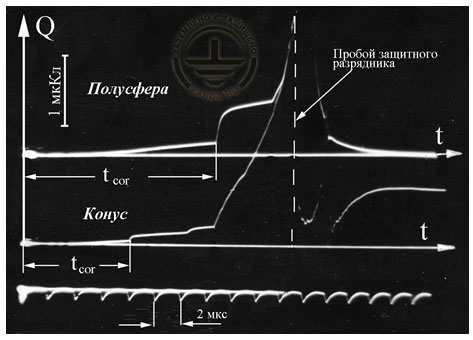
Figure 11. Oscillograms of streamer outbreak charges from electrodes of equal height of 1 m with hemispherical and conical heads
Полусфера – hemisphere
Конус – cone
Пробой защитного разрядника – protective arrester breakdown
1 мкКл – 1 mAs
2 мкс – 2 ms
The height of rod electrodes and the distance between them is equal to 1 m; the distance from the vertex of the electrodes to the high-voltage rod electrode of negative polarity - 2 m. One of the electrodes has a semi-spherical head with a diameter of 5 cm, the other - conical with an apex angle of 300. The moment of the start of the counter discharge was accurately fixed by the surge in the oscillograms of the space charge, which was thrown by streamer outbreaks. Despite the rather large range of the starting time of the counter discharge, in all the numerous experiments (not less than 250 measurements in a series) the counter discharge with a conical top was ahead of the discharge from the hemisphere. The integral curves the measured times distribution, which are shown in fig. confirm that. 12.
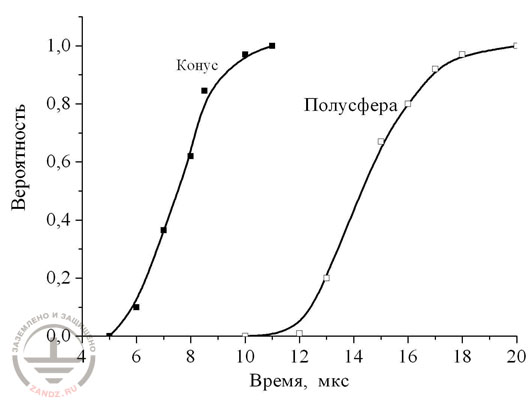
Figure 12. Integral curves of the starting time distribution of a counter discharge from grounding rod electrodes of equal height with conical and hemispherical tops
Вероятность – probability
Конус – cone
Полусфера – hemisphere
Время, мкс – time, ms
As for the probability of breakdown periods, it practically didn't depend on the start of the counter discharge. As a result, the number of spark strokes into the electrodes with different tops differed by only 7%. It is not enough to judge the effectiveness of an active lightning rod by the advance time of a counter discharge. It is necessary to go to the direct registration of the spark discharge trajectories in the gaps with an active lightning rod. Such work, made on the high-voltage stand of "26CNII" JSC, was reported at the Russian conference on lightning protection in 2014. An active lightning rod M-200 and a conventional rod electrode of the same height were compared. A pulse voltage of 250/2500 microseconds with an amplitude up to 3.5 MW was used. In the experiments no extension of active lightning rod protection zone, that was claimed in the brochures by the manufacturer, was found. But even more important is that, in absolutely equal conditions, a conventional rod electrode undertook 20 -30% more sparks than the active one. Verification of this fact has been given special attention during the experiments and the obtained result doesn't cause any doubt.
It is characteristic that the above mentioned laboratory experiment in its results is consistent with field observations of university experts in New Mexico, reported at the IEEE meeting in Toronto in 2003. A group of ESE-lightning rods and the same height rod lightning rods of ordinary performance were observed. Ordinary lightning rods were majorly hit by lightnings, not ESE-lightning rods, unlike their manufacturers wished. It is difficult to force oneself to admit that control actions for some reason, have an effect opposite to the expected. It seemed even more difficult to find an explanation to this.
There would be no problems if the designers of ESE-lightning rods did not hide electrical characteristics of their control actions, first of all - time parameters generated by the pulse voltage. Especially because it is not that difficult to assess them in practice. Dimensions of high voltage capacitors - completely open material published in catalogs. Dimensions of active lightning rods are also not a secret. Their comparison inevitably leads to the conclusion about extremely low power consumption of the internal source of control voltage. At a current of about 1 A, which is used by a counter-leader at the initial part of its development, it could be a pulse duration of the control voltage in units of microseconds. The consequences of the such pulse impact are well known from laboratory experiments of half a century ago. Registration results in fig. 13 were obtained at the development of a long positive spark in the gap plane-rod on the plane 5 meters long.
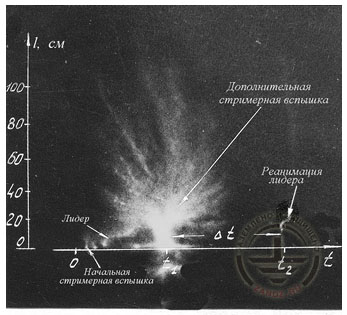
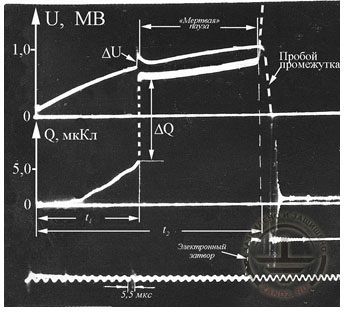
Figure 13. Electron-optical image scan together with synchronized oscillograms of voltage and bulk charge at the development of the spark discharge in the presence of a short control pulse
Дополнительная стримерная вспышка- additional streamer flash
Лидер - leader
Начальная стримерная вспышка – initial streamer flash
Реанимация лидера – leader reanimation
Рис справа – пробой промежутка – Interval breakthrough
Электронный затвор – electric shutter
A grounded rod 3 meters high was standing on the flat metal floor at the laboratory, forming a discharge gap 2 m long. High pulse voltage with the edge of about 200 ms, and a short driving pulse were applied on the upper flat. (see. the upper oscillogram in fig. 13). To register a discharge optical pattern an electron-optical converter with light amplification running in continuous image scan mode was used. Bright pre-breakdown stage of the process was cut off by an electronic shutter. The moment of its response was fixed by one of the oscilloscope beams. Сontrol pulse surge was produced during the leader stage of the process (t1 on fig. 14). The result was a powerful streamer flash, introducing the charge in of about 10 mcCl in the gap. An abrupt weakening of the electric field at the tip of the electrode interrupted all onization processes by this charge. There was a "dead" pause inbetween. To compensate it, an additional voltage increase was required. Only after this, the leader revived and continued its development (t2 in fig. 14) up to the gap breakdown. Thus, the result of control pulse ipact turned opposite to the expected - instead of reducing its breakdown voltage it was increased in the range of 20%, and the effect was dependent on the amount of charge, embedded under the influence of a short control pulse.
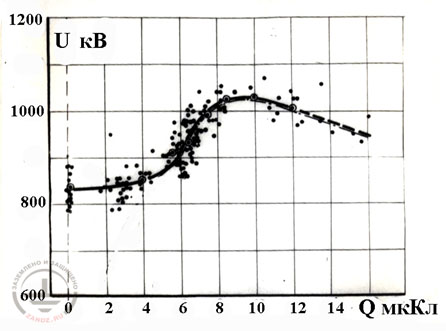
Figure 14. The dependence of the discharge voltage of an interval of 2 m on the streamer flash charge value, initiated by the control pulse
кВ- kV
мкКл - mAs
E. M. Bazelyan, DEA, professor
Energy Institute named after G.M. Krzyzanowski, Moscow
Read more "5. If ESE lightning rods would function properly".
Useful materials:
- Series of articles about lightning protection for beginners
- Series of webinars about grounding and lightning protection with Professor E. M. Bazelyan
- Elements of external lightning protection
- Consultations on the selection, design and installation of grounding and lightning protection systems
Related Articles:
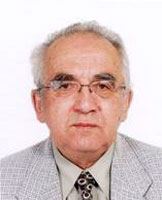 Lightning protection of residential and public buildings - answers to frequently asked questions in the design
Lightning protection of residential and public buildings - answers to frequently asked questions in the design
 Lightning Protection of Large Territories: Parks, Grounds, Plant Territories. Page 1
Lightning Protection of Large Territories: Parks, Grounds, Plant Territories. Page 1
 Lightning Protection of Large Territories: Parks, Grounds, Plant Territories. Page 2
Lightning Protection of Large Territories: Parks, Grounds, Plant Territories. Page 2
 Lightning Protection of Large Territories: Parks, Grounds, Plant Territories. Page 3
Lightning Protection of Large Territories: Parks, Grounds, Plant Territories. Page 3

